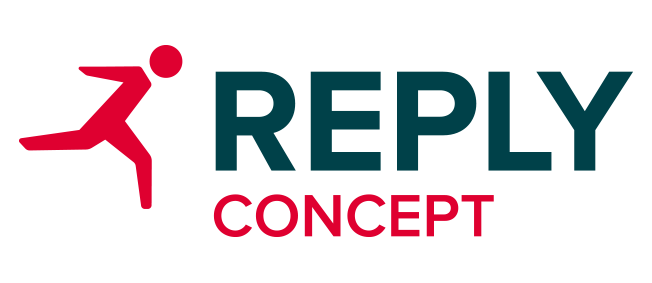More flexibility for charging parks
Concept Reply and Phoenix Contact Smart Business have developed the Charge Link Service – a new type of Open Charge Point Protocol (OCPP) broker with routing logic that makes it possible to connect charging stations to multiple backend systems.
#e-mobility
#charging infrastructure
#automotive
One charging infrastructure, multiple backend systems? No longer a problem thanks to the Charge Link Service.
The Challenge
Use multiple services at one and the same charging station
It's not just many company cars that are being replaced by all-electric vehicles; more and more employees and customers are also driving electric vehicles. And so the requirements for company-owned charging parks are constantly increasing: On the one hand, different users require different systems for recording and billing charging processes.
On the other hand, due to the increased energy costs, it is becoming more and more important to use the potential of energy management systems that enable self-produced electricity to be fed into the grid. But combining all these systems is not easily possible, as most charging stations can only connect to one backend system.
The solution
The new Charge Link Service
To solve this challenge Concept Reply and Phoenix Contact Smart Business have developed the Charge Link Service. This enables more flexibility and is based on two pillars:
A new kind of OCCP broker
When the vehicle is plugged in, both electricity and data flow. In order to price and bill the charging process of an electric car, it is necessary to have information on both the user and the electric consumption. For this, the Open Charge Point Protocol (OCPP) is essential: this is the global standard for communication protocols in the e-mobility sector that enables data transfer between the charging station and the backend. The new OCCP-compliant Charge Link Service acts as a broker between the backend system and the charging infrastructure and not only enables the integration of an energy management system via a NATS broker, but also the connection of the charging station with several backend systems simultaneously.
A special routing logic
The following criteria are used to decide which data is forwarded to which backend system:
)
The result
Robust, user-friendly and expandable
With the Charge Link Service, we have developed a robust system together with Phoenix Contact Smart Business that enables the integration of a wide variety of systems into the same charging infrastructure, thus enabling the energy-efficient and sustainable use of charging parks. Since we integrated the wallbox and the backend via the OCPP protocol, the solution is compliant with the global standard and thus future-proof and connectable. Therefore, the system is easily expandable: Via the REST APIs of our Charge Link Service, a variety of other systems can be integrated in the future in addition to e-mobility backends.

Together with customers and partners, Phoenix Contact designs solutions for the world of tomorrow with trend-setting connection/automation technology. Wherever these are needed – for example in transport infrastructure, electromobility, clean water, renewable energies, and intelligent supply networks or energy-efficient mechanical and plant engineering. Phoenix Contact focuses on technological change and the social impacts thereof. With almost 100 years of experience in mechanical engineering and automation, the company is already working today on the intelligent production of tomorrow.

Concept Reply is an IoT software developer specializing in the research, development and validation of innovative solutions and supports its customers in the automotive, manufacturing, smart infrastructure and other industries in all matters relating to the Internet of Things (IoT) and cloud computing. The goal is to offer end-to-end solutions along the entire value chain: from the definition of an IoT strategy, through testing and quality assurance, to the implementation of a concrete solution.